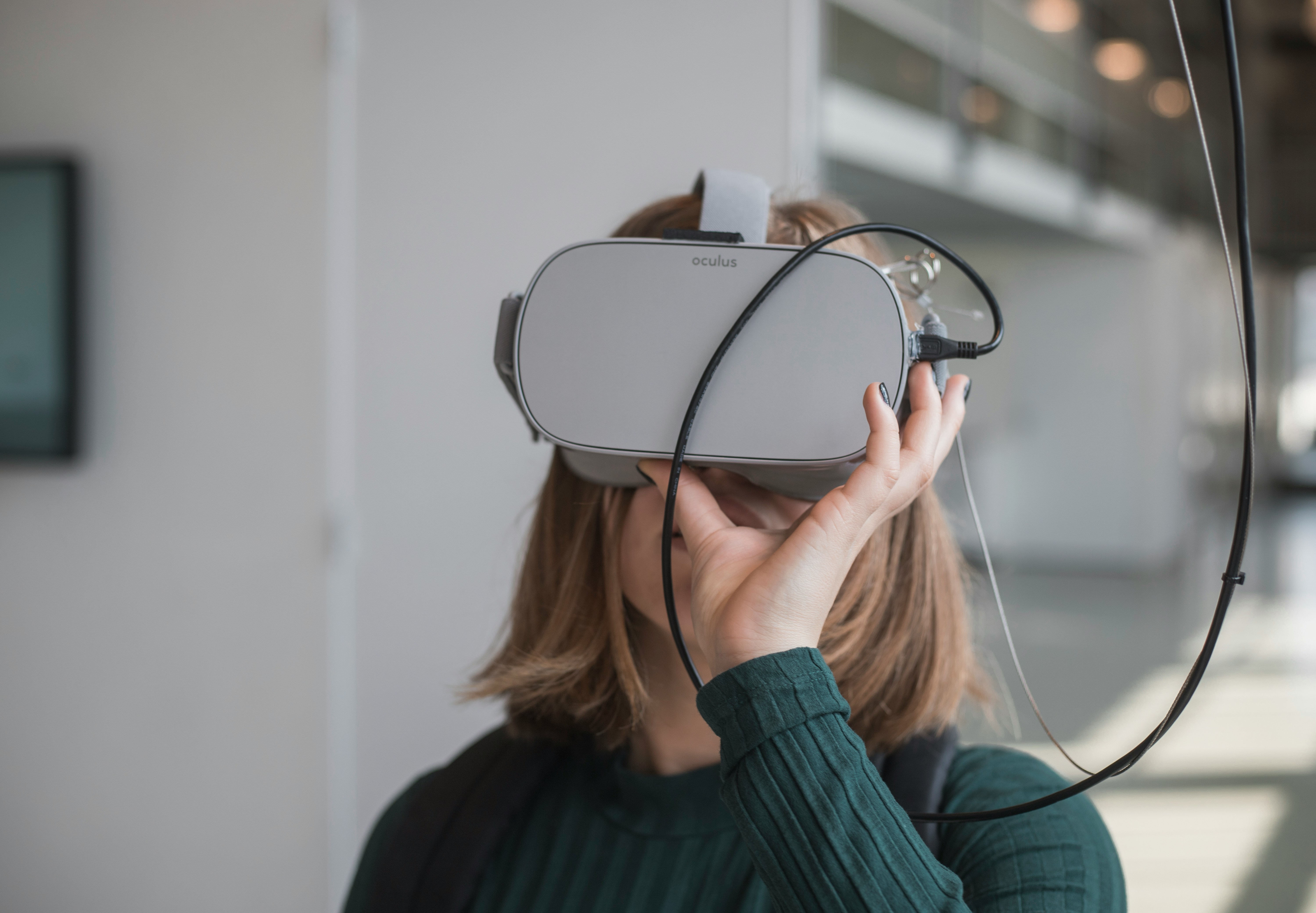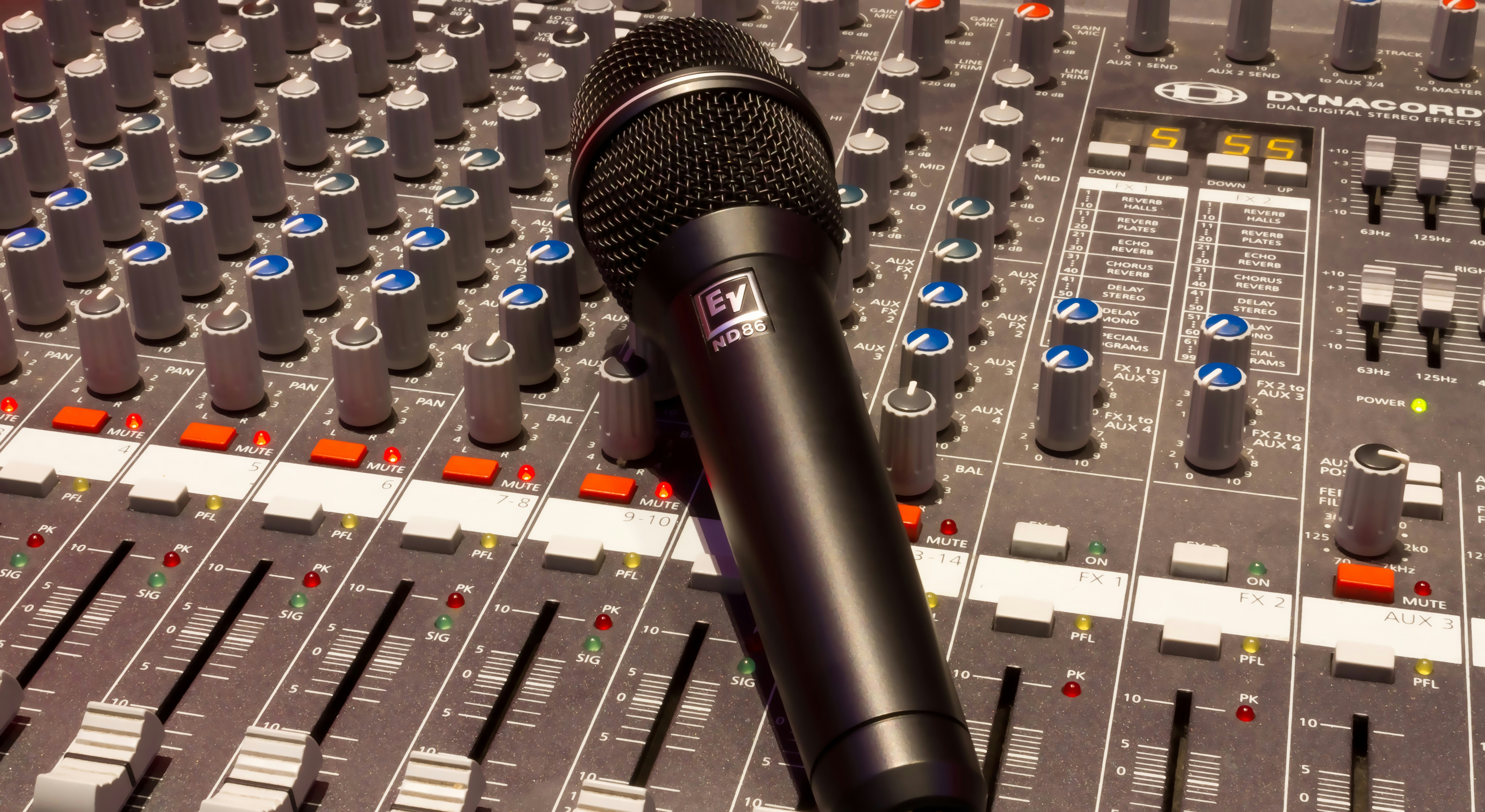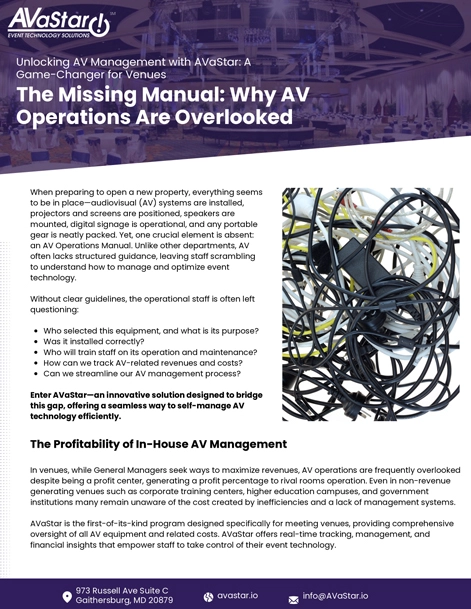When We Meet Again
What just happened? What’s happening now? What’s going to happen next?
These are questions we all have been asking ourselves. We went from a robust meeting and event business to flatline in zero seconds. Conferences,exhibitions and conventions postponed or completely cancelled. Hotels are empty and waiting to reopen.
This pandemic affected not only the hotel and meetings industries, but the dependent AV rental and production services as well.
We all know that meetings will return. What will it be like when we meet again? Will it be as if nothing happened? We believe there will be a soft restart. Let’s look at the factors that will determine the character and nature of the return of the meetings businesses.
Personal Safety
The pandemic emphasized personal responsibility for our own health. Until and unless we believe the world is safe again, many people will be reluctant to mix and mingle in large groups. Some of us have stronger constitutions, and some have compromised conditions or are in a vulnerable demographic profile.
Consequences: Some attendees and perhaps presenters will remain reluctant to attend larger events in person until a vaccine is developed, proven effective and democratized.
Implications: We need to accommodate remote attendees and presenters using conferencing technologies. Fortunately, many people have become familiar with online platforms to connect with their co-workers and families. Hotels with meeting rooms that are plug-and-play-ready for these technologies will be in high demand.
Group Size Limits and Social Distancing
According to the latest federal guidelines, the first phase for reopening includes a 10-person limit on groups with “strict” distancing in larger venues. Phase two guidelines will allow groups of 50 persons with “moderate” distancing in larger venues. Phase three calls for “limited physical distancing” in large venues. Each move from phase to phase will take
several months at least to evaluate the impact of the phase shift. This could take six months to a year.
Consequences: The social distancing requirements will reduce room occupancy by 50% to 75% below typical, requiring larger spaces for fewer people.
Implications: Larger spaces will require more use of voice and sound reinforcement and larger (perhaps multiple) visual displays. More AV services to serve a smaller audience drives higher per attendee costs.
AV Services as Cost Instead of Revenue Stream
Meanwhile, the AV Services industry’s reluctance to move back into hotels where they were losing money could mean small and mid-sized hotels will be on their own to provide the day-to-day AV services for meetings for the next year. Commissions offered by AV companies will be reduced and, in some cases, AV services will become a cost to the hotel instead of a revenue stream. Hotels that have basic built-in AV systems or that have been self-operating already will be better positioned to be flexible with services for their meeting customers.
Some hotels are taking advantage of the down time to renovate and catch up on deferred maintenance. Refurbishing and installing updated built-in basic AV systems while the spaces are empty allows hotels to be ready for the return of standard business meetings in the new normal. This equipment is affordable, easy to use, and has a long service life.
In summary, the “Pandemic Pause” in the meetings and events industry creates both a challenge and an opportunity. Technology to accommodate remote participants has become more accessible, easier to use and will be a required element when we meet again.
‹ Back










Comments